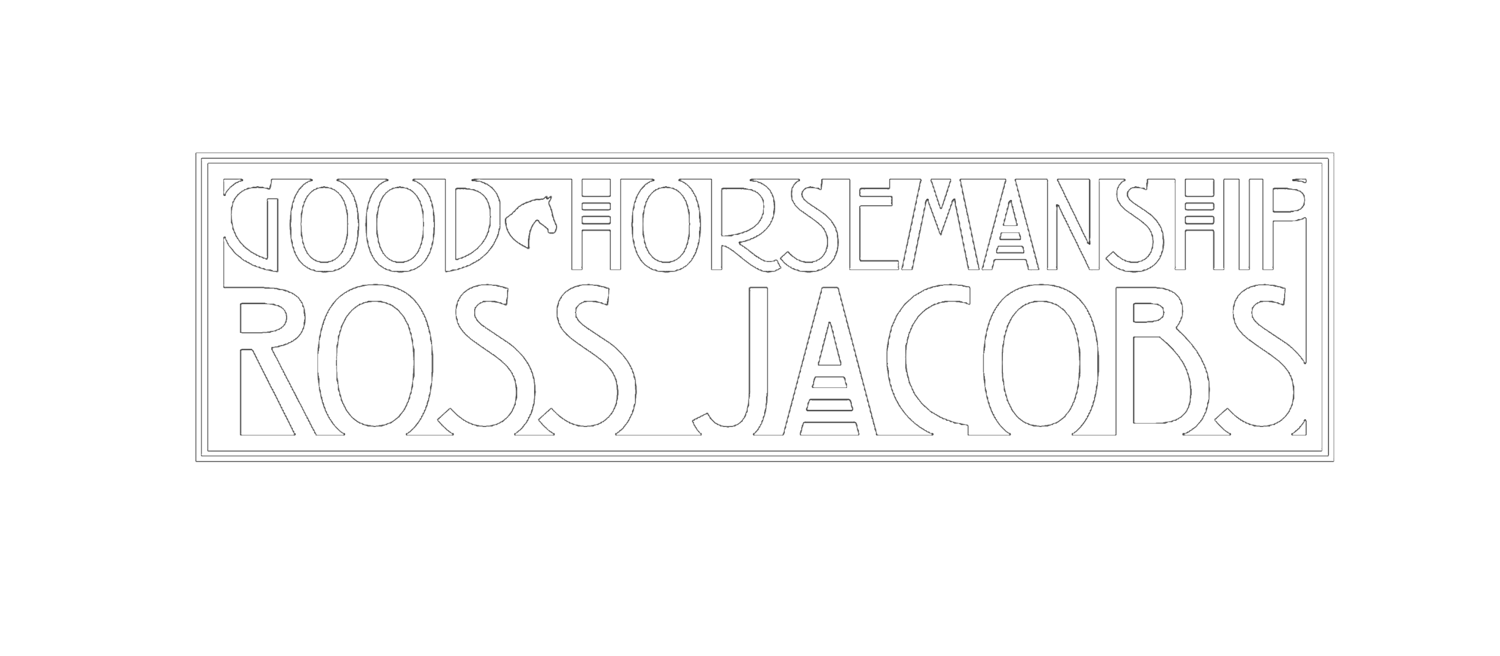Notice that the way my legs come into play is very different to the traditional inside leg on the girth and outside leg behind the girth. This is because I’m not trying to use my legs to control the horse’s bend. I try to influence the thought of the horse and when that is right I let the horse balance itself around the turn.
Confidence
From the start, let me say that nobody should feel bad or apologize for having fear issues. They are real and not to be trivialized. And an appropriate level of fear is even desirable because it will help a rider make smart decisions and give more consideration to how a horse is feeling. A little bit of fear makes a person a better horse person.
A Little Bit of Stick and a Little Bit of Carrot
All training works by inducing emotional discomfort in a horse to search for a new response and then reducing that anxiety when the horse gets it right. When the training is done well, the level of emotional discomfort doesn’t exceed the threshold amount required to evoke a change of thought and a search. Every training method depends on this and none are more gentle or cruel than the other if this principle is applied.
Doctrine in Training
Confirmational Bias
It’s hard to ignore that some trainers are leaning on science to explain and justify their training principles and methods. However, none of the trainers I am familiar with have a background in science and research. None that I know read the peer-reviewed literature. None of them appear to have the depth of knowledge to gauge the merit of the science they are relaying. They depend on a third party to explain it to them in a way they can slot into their training and teaching.
Commitment When Starting A Horse
A few days ago I was talking to a trainer. She was telling me about the pressure she felt meeting the owner's expectation to have their horses going home trouble-free under saddle in just a few weeks. She said most people expect the job completed in 6-8 weeks and Flossy to go home ready to take on all challenges with a smile.

